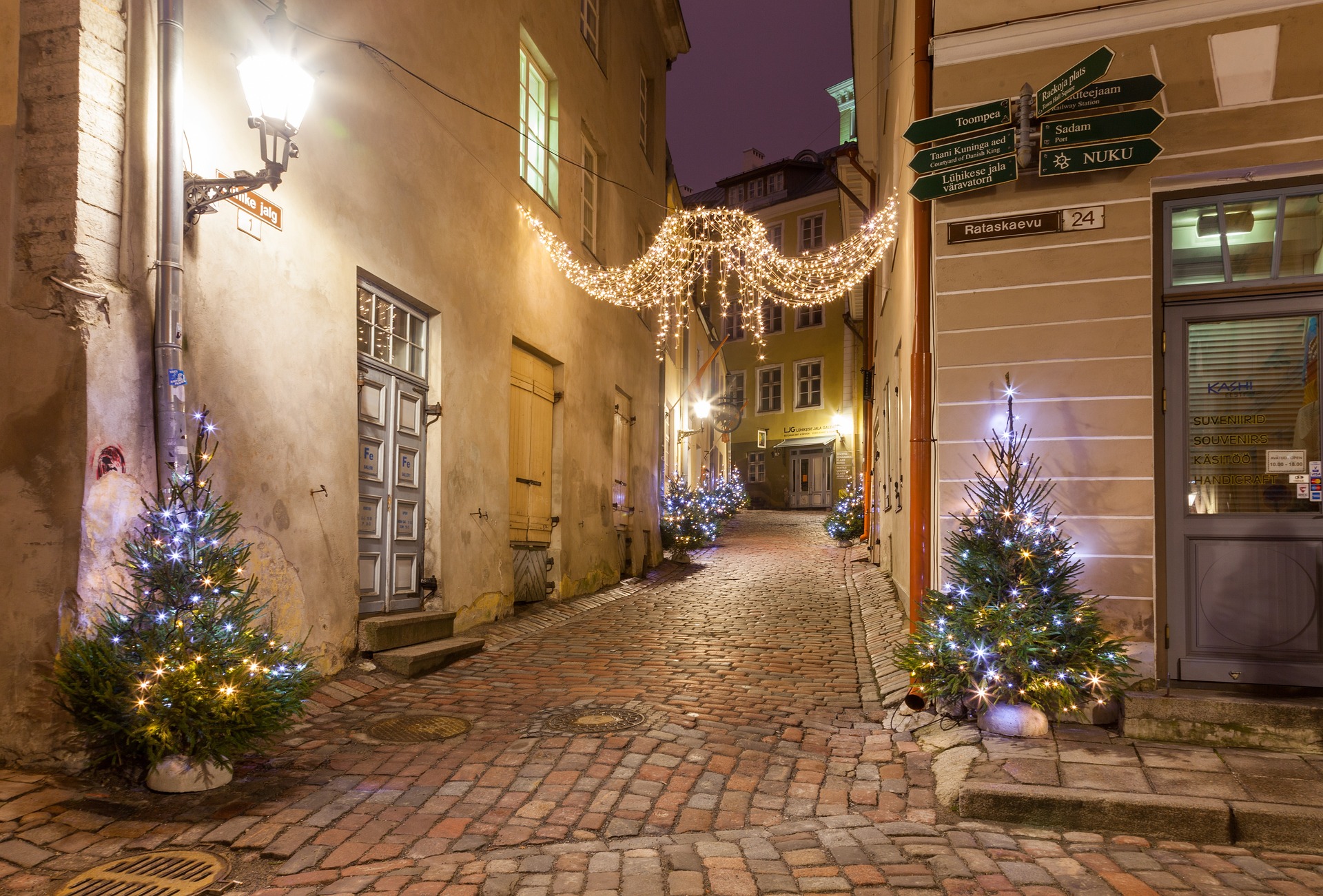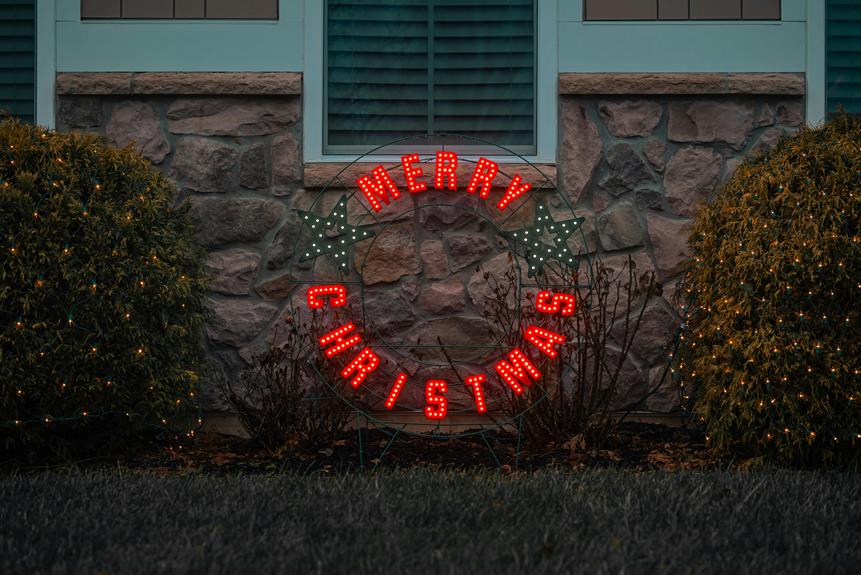Image by Светлана from Pixabay
As you explore the origins of Christmas, you’ll find that ancient winter festivals, like Yule and Saturnalia, laid the groundwork for modern celebrations. Early Christians incorporated these traditions into their own commemorations of Jesus’ birth, blending pagan customs with Christian values. The winter solstice, symbolizing the return of light and life, played a significant role in shaping festive rituals. You’ll discover how cultural influences, royal decrees, and economic forces gradually transformed Christmas into the beloved holiday it is today. And as you peel back the layers, you’ll uncover even more surprising twists and turns that led to this winter wonderland.
Key Takeaways
- Winter solstice celebrations in ancient cultures symbolized the return of longer days and the coming of spring, influencing modern Christmas traditions.
- Early Christians incorporated elements of existing winter festivals into their celebrations, focusing on Jesus’ Baptism and the Epiphany, not His birth.
- Pagan traditions, such as Solstice Magic, festive lights, and the Yule Log, continue to shape Christmas customs today.
- Christmas Day was officially designated on December 25 in the 4th century to co-opt existing pagan festivals and traditions.
- The holiday evolved over time through cultural assimilation, industrialization, and commercialization, becoming the beloved festive celebration it is today.
Ancient Roots of Winter Festivals
You can trace the origins of winter festivals back to ancient times, when people in the Northern Hemisphere celebrated the winter solstice to mark the longest night of the year.
This significant event typically fell on December 21 or 22, and it signaled the beginning of the sun’s journey back towards the equator.
Solstice celebrations were an essential part of ancient cultures, as they symbolized the return of longer days and the coming of spring.
In many ancient cultures, winter mythology revolved around the struggle between light and darkness, life and death.
The winter solstice was seen as a turning point, where the forces of light and life began to gain the upper hand.
You’ll find echoes of these ancient beliefs in festivals like Yule, Saturnalia, and Juul, which were all celebrated around the same time of year.
These festivals often involved feasting, gift-giving, and merriment, as people came together to celebrate the return of the sun and the coming of longer days.
As you explore the ancient roots of winter festivals, you’ll discover a rich tapestry of traditions and customs that continue to influence our modern celebrations today.
Early Christian Celebrations of Jesus
As the Roman Empire spread Christianity throughout Europe, early Christians began to commemorate Jesus’ birth, incorporating elements of existing winter festivals into their celebrations.
You might wonder, what exactly did these early celebrations look like? Well, they weren’t exactly like the Christmas you know today. In fact, the early Christian focus was more on Jesus’ Baptism, which was seen as a pivotal moment in His life. This event, known as the Epiphany, was celebrated on January 6 and marked the official beginning of Jesus’ ministry.
Early Christian celebrations were also deeply influenced by the lives of Early Martyrs, who’d given their lives for their faith.
These brave men and women were revered as heroes, and their stories were told and retold to inspire and strengthen the faith of fellow believers.
As Christianity spread, these stories and traditions were woven together with existing winter festivals to create a unique celebration that honored Jesus’ life and legacy.
Pagan Traditions and Folklore
The early Christian church encountered a plethora of pagan traditions and folklore that would eventually shape the celebration of Christmas.
As you explore the history of Christmas, you’ll discover that many ancient cultures celebrated the winter solstice, the longest night of the year. This time of year was filled with Solstice Magic, a season of rebirth and renewal.
The pagans would light fires and candles to symbolize the return of the sun, and you can still see remnants of this tradition in the festive lights that adorn our homes today.
One of the most enduring traditions is the Yule Log, which originated in ancient Europe.
You might be familiar with the tradition of burning a large log in the fireplace, but did you know that it was originally a pagan ritual to symbolize the light and warmth of the sun?
The ashes from the Yule Log were believed to have healing properties and were often kept throughout the year to ward off evil spirits.
As you celebrate Christmas, remember that many of the traditions you enjoy today have their roots in ancient pagan customs.
The Emergence of Christmas Day
As you explore the history of Christmas, you’ll find that Early Christianity’s efforts to supplant pagan practices with Christian celebrations led to the establishment of Christmas Day, which initially honored the Epiphany, not Jesus’ birth.
This shift marked a significant turning point in the holiday’s evolution. In the 4th century, Pope Julius I officially designated December 25 as Christmas Day, aiming to co-opt existing pagan festivals and traditions.
You might be surprised to learn that Gift Giving, a beloved Christmas custom, originated from the Three Wise Men’s presents to baby Jesus.
Royal Decrees also played a vital role, as Christian rulers issued edicts to solidify Christmas as a sacred day. In 529 AD, Emperor Justinian declared Christmas a civic holiday, further cementing its status.
Over time, Christmas Day gradually gained prominence, eventually eclipsing the Epiphany as the primary Christian celebration.
As you continue to uncover the history of Christmas, you’ll discover how these early developments paved the way for the holiday that has become an integral part of our lives today.
The Evolution of a Holiday
Christmas transformed from a minor holy day into a beloved, festive holiday that dominates winter calendars around the world through a gradual evolution shaped by cultural and economic forces.
As Christianity spread throughout Europe, Christmas became a time for celebration and merriment. The holiday absorbed local customs and traditions, a process known as cultural assimilation. This blending of cultures helped Christmas spread far and wide, taking on unique flavors and characteristics in each new region.
In the 19th century, the Industrial Revolution brought mass production and advertising, which led to the commercialization of Christmas. Suddenly, goods and services were marketed specifically for the holiday season, and Christmas became big business.
You started seeing festive decorations, holiday-themed ads, and special promotions everywhere. This commercialization further propelled Christmas into the mainstream, making it an integral part of modern winter culture.
Today, you can’t escape the festive atmosphere, from twinkling lights to jingling bells, Christmas is an undeniable presence in our lives.
Frequently Asked Questions
Are Christmas Trees Pagan or Christian in Origin?
You’re wondering if Christmas trees are pagan or Christian in origin? Well, the evergreen symbolism dates back to ancient rituals, where people would bring them indoors to symbolize life during winter’s darkness, predating Christianity’s influence.
Was Jesus Born on December 25TH in Reality?
You’re wondering if Jesus’ birthday is a myth, like a fantastical unicorn’s. Sorry to burst the bubble, but historical records and birth certificates aren’t exactly available for a 2,000-year-old event, so December 25th remains a mysterious, yet symbolic, date.
Why Do We Exchange Gifts During Christmas?
You exchange gifts during Christmas as a symbol of love and appreciation, rooted in the concept of a Gift Economy, where tokens are shared to strengthen bonds, fostering a sense of community and Token Appreciation.
What Is the Significance of the Christmas Star?
You might be surprised to know that 90% of Americans display a Christmas star on their tree! The Christmas star, a celestial symbol, represents the Star of Bethlehem, fulfilling an ancient prophecy, guiding the Magi to Jesus’ birthplace.
Is Santa Claus Based on a Real Historical Figure?
You’re wondering if Santa Claus is based on a real historical figure? Yes, he’s inspired by Saint Nicholas, a 4th-century bishop known for his generosity and kindness. His legacy led to the Sleigh Origins of Santa’s iconic ride.
Conclusion
So, you’re thinking, ‘Christmas is just a commercialized holiday, stripped of its original meaning.’
But, you’ve got a deeper appreciation for the holiday now that you’ve explored its rich history.
From ancient winter festivals to early Christian celebrations, and from pagan traditions to the emergence of Christmas Day, you’ve seen how this holiday has evolved over time.
And, despite its commercialization, Christmas still holds a special place in the hearts of people around the world – a time for family, love, and kindness.


